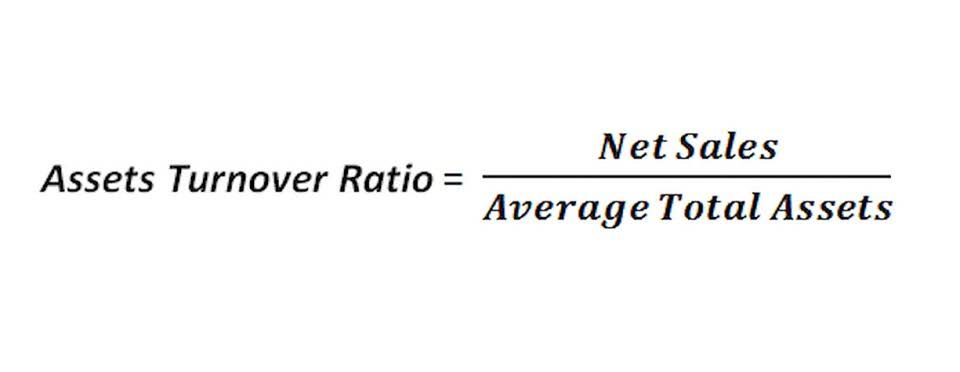
At its core, your Form 990 is a public financial document that shows how your non-profit organization has spent money. No matter how good the fight, you need to start with sound finances, so you can build a better world on a sturdy foundation. Join us on a magically practical and practically magical journey through the world of nonprofit accounting. These sections work together to give a complete picture of your financial activity. With tools like Sage Intacct, you can organize these categories effortlessly, ensuring your reports are clear and accurate every time. This report doesn’t just keep you organized—it helps income statement you stay accountable to your board, donors, and the communities you serve.

The Direct Method: An Overview

This financial statement is similar to the balance sheet issued by a company. On the surface, a nonprofit cash flow statement is a representation of the inflows and outflows of cash; however, that cash flow tells a story. It’s important to understand what to look for when reviewing these statements—it could make all the difference when it comes to the responsible financial management of the organization. Like any organization, nonprofits have operating expenses to consider—which means that nonprofit cash flow statements are a vital part of the organization’s financial considerations. For nonprofits, your financial statements are essential for staying organized, providing transparency, and sharing a journey for your donors (and potential donors) to reference.

How nonprofit accounting differs from nonprofit bookkeeping
Some not-for-profit entities have endowment funds, which have donor-imposed restrictions that restrict the use of the income to long-term purposes. Just like the initial receipt of the restricted contribution, the investment income earned on these endowment funds, which is restricted for long-term purposes, must be reported Partnership Accounting as a financing activity. The next critical step in preparing the statement of cash flows using the indirect method involves adjusting the starting cash figure (adjusted net income) for changes in operating assets and liabilities.
- This approach allows organizations to isolate controllable short-term expenses from longer-term fixed costs, enabling more precise management and adjustment when necessary.
- Velu’s services address the unique challenges faced by nonprofits and small businesses, fostering sustainable growth.
- Understanding these differences is crucial for stakeholders in both sectors to accurately interpret the financial health and operational effectiveness of an organization.
- In a nonprofit context, this might include cash received from endowments, proceeds from issuing debt, or repayments of loans.
- In this article, we will discuss the importance of nonprofit cash flow statements, key takeaways when reading them, and some tips for using them.
- The Statement of Financial Position gives you a snapshot of your financial health by revealing the underlying value of what your organization owns.
Are there specific reporting requirements for nonprofits regarding the Statement of Cash Flows?
So, get thee to an accounting software program that knows nonprofit financial management like the back of its (nonexistent) hand. Understanding and mastering this story empowers you, giving you a sense of control nonprofit cash flow statement and confidence in your financial decisions. Stay engaged with emerging tools and technologies that facilitate more efficient financial operations and provide deeper insights into financial health.

How to Make More Confident, Data-Driven Decisions in Your Business
- The example will cover a single fiscal year and include realistic data to show how cash transactions are recorded and reported in each section of the statement.
- This approach also allows nonprofits to scale their accounting services as needed, providing flexibility as the organization grows or faces changing financial complexities.
- Since a nonprofit organization does not have owners, the third section of the statement of financial position is known as net assets (instead of owner’s equity or stockholders’ equity).
- It is more than just a financial statement; it is a comprehensive report that provides deep insights into the liquidity and financial operations of your organization.
- By closely monitoring the businesses operating activities in the SCF, nonprofit leaders can make informed decisions to enhance operational efficiency and ensure financial sustainability.
Online websites like Charity Navigator and GuideStar also use these reports to rate your organization. Here’s an example from Code for Science & Society’s Statement of Financial Position from 2021. Cash outflows might come from activities like salaries and wages, taxes, supplies, inventory and other activities. By creating an account, you agree to our Privacy Policy and Terms & Conditions.
